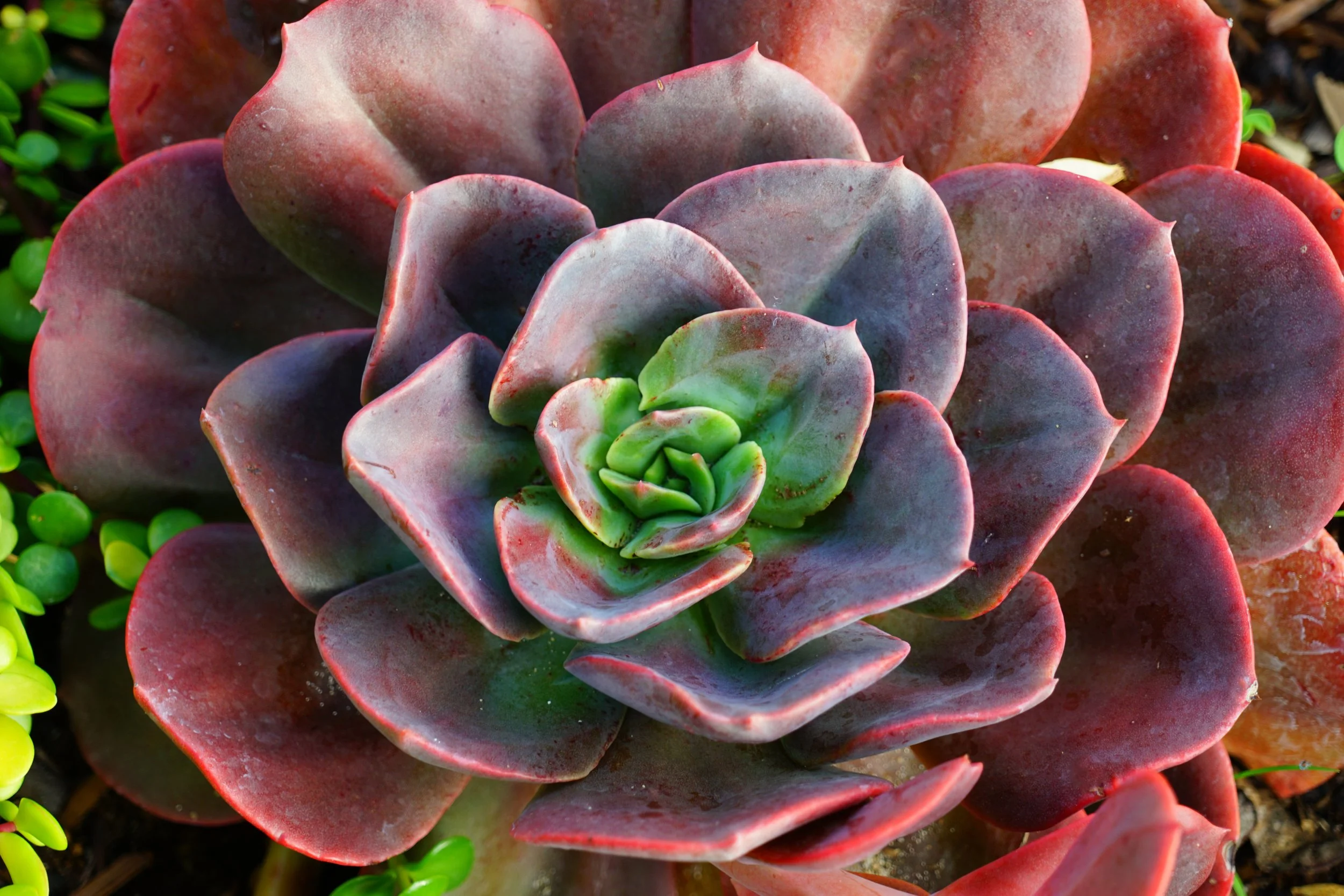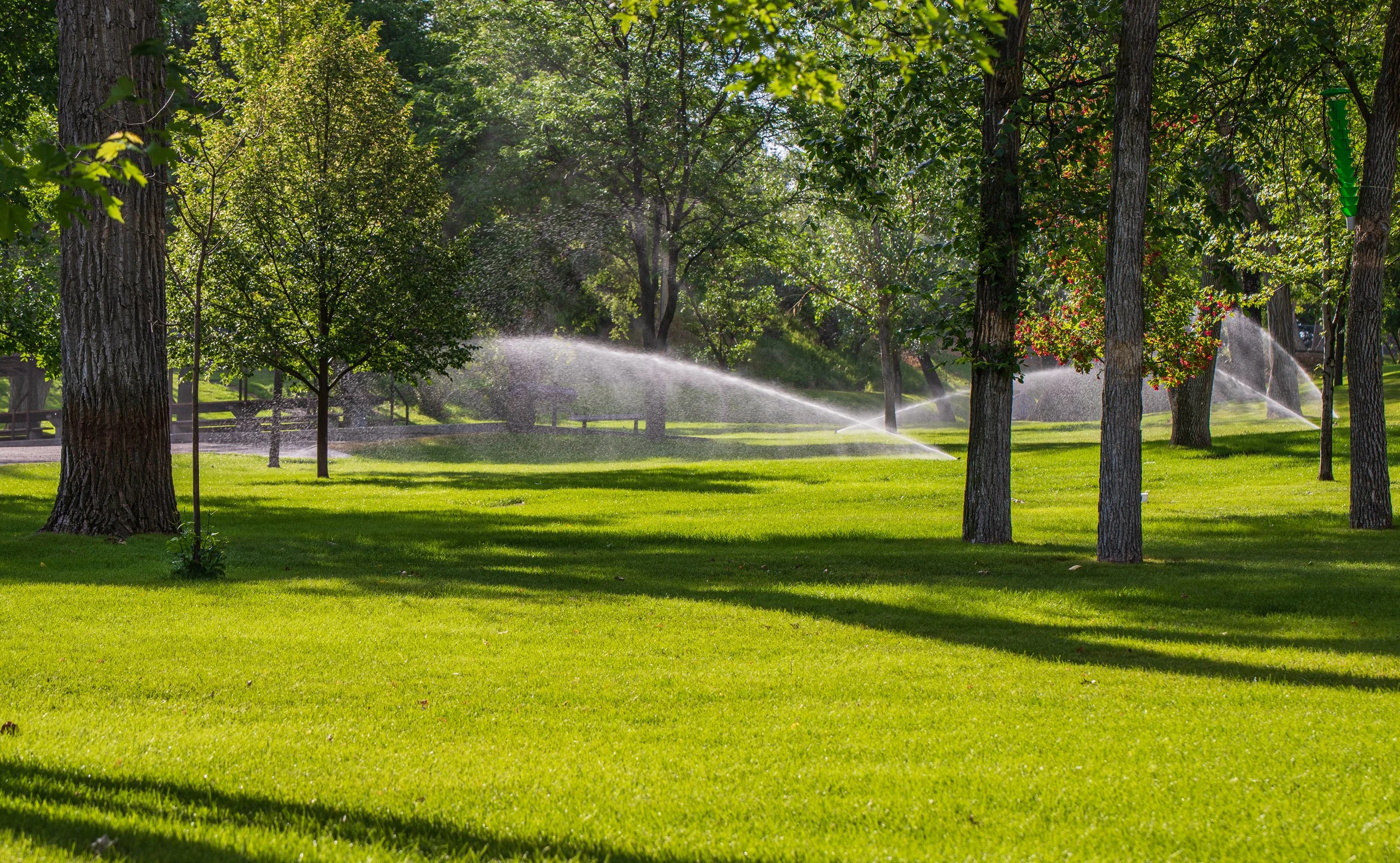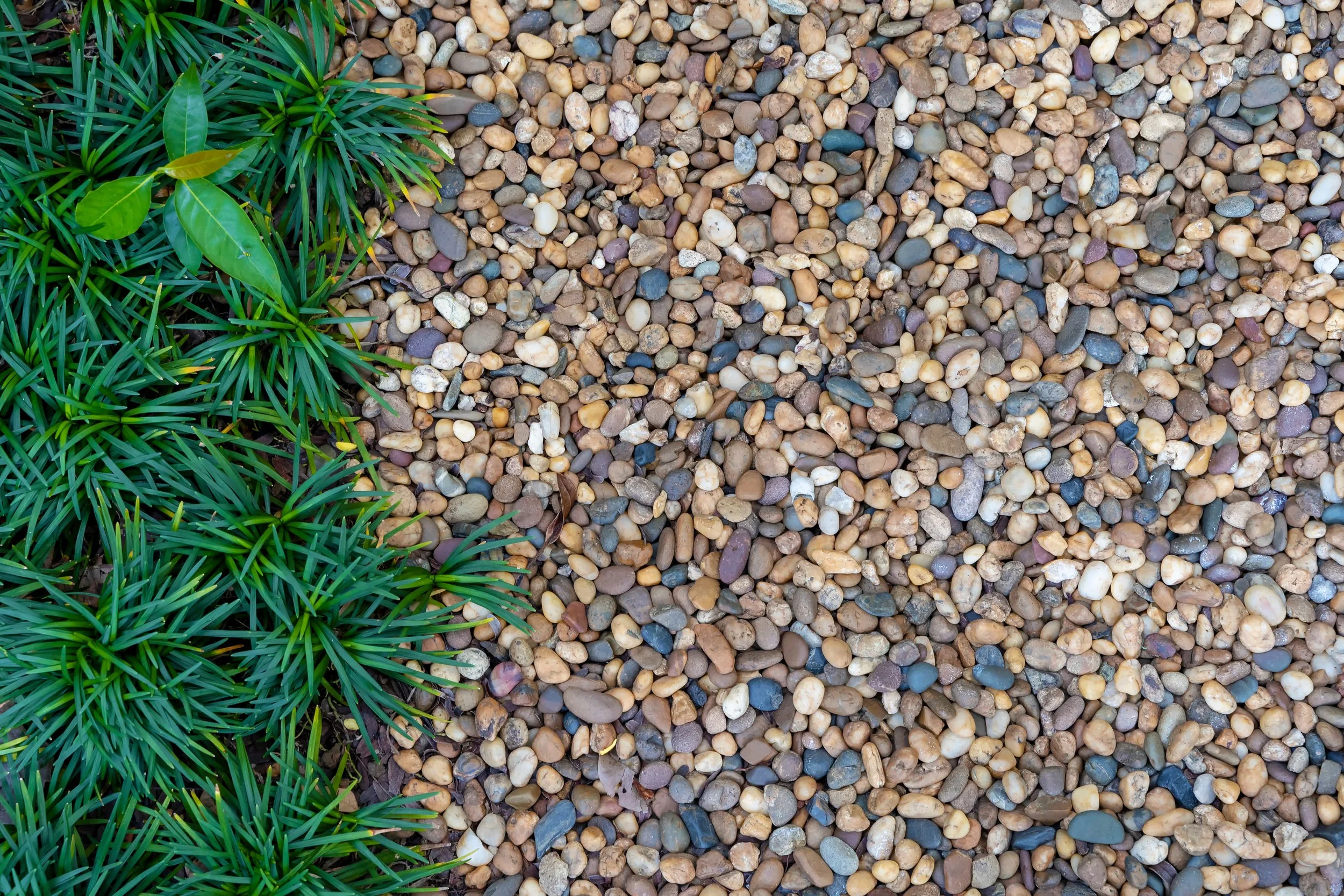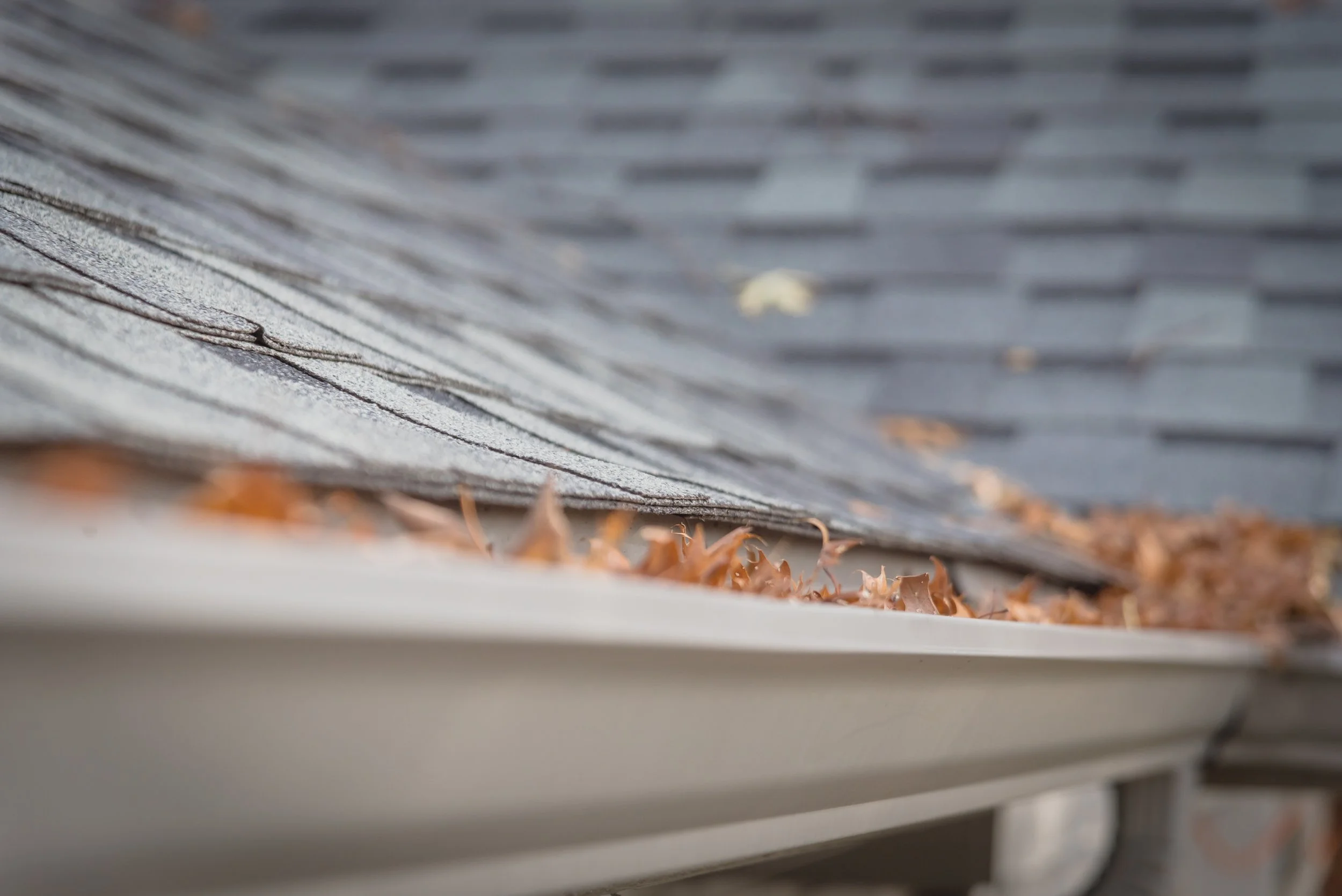Creating a Bushfire Resistant Garden
The 2024-25 summer has been really dry, the driest I have experienced since moving to the High Country in Victoria. During our first few years here, we faced the very real threat of the Black Summer bushfires in Victoria. My family with our 4 month old baby evacuated for several weeks, seeking refuge in a smoky yet much safer Melbourne. Having grown up on the edge of the Royal National Park in NSW, I’ve seen firsthand the devastating effects of bushfires multiple times. So we didn’t hesitate to leave well before the authorities suggested it, and we also helped friends prepare their properties before they evacuated.
As bushfire risks continue to rise, designing a fire-resistant garden is crucial for protecting your home. By selecting the right plants and designing with fire safety in mind, you can significantly reduce the risk of fires reaching your property. A recent study from University of Tasmania looked into fire retardant garden plants for the urban fringe and rural areas.
Why Bushfire Resistant Gardens Matter
Bushfires can quickly spread through dry vegetation, but a well-designed garden with fire-resistant plants and firebreaks can act as a natural barrier, reducing the risk of fire damage. When applying for a planning permit in bushfire overlay areas, a landscape plan that addresses these risks is required. However, it's equally important for existing properties to carefully assess their risks and take steps to reduce them as well.
Key Features of a Bushfire Retardant Garden
Fire-Resistant Plants
Choose plants with high moisture content and low flammability, such as native Australian species like kangaroo paw, grevilleas, and succulents like aloe vera. The Australian National Botanic Gardens have an excellent guide on fire-resistant plants and how to design a fire-safe garden.
Create a Firebreak
Maintain a defensible space around your home by clearing dead plant material, trimming trees, and spacing shrubs to prevent the spread of fire. Creating Defensible Space is part of the CFA’s recommendations for fire preparedness.
3. Irrigation Design
Use efficient watering systems (like drip irrigation) to keep plants hydrated and reduce the chance of fire spreading. A sprinkler system covers the roof and garden with water and can also be used for firefighting. Install water tanks for irrigation and add in a fire defense zone to wet down surfaces around your house as a last resort. A generator and a pump might be a consideration here too, as power and water mains pressure may fail. Have fire-fighting equipment like hoses and buckets for emergencies.
4. Fire-Resistant Mulch
Consider using fire-resistant mulch such as gravel or mineral-based materials instead of organic mulches like wood chips or bark, which can easily catch fire. These non-flammable options help reduce the risk of fire spreading to your plants or home. Additionally, gravel and mineral mulches don’t need topping up as often.
5. Hardscaping
Incorporate non-flammable materials like stone, brick, or pavers for pathways and patios to create natural firebreaks around your property. These materials do not catch fire easily, providing a barrier that helps prevent the spread of flames from nearby areas. Using stone or brick can also improve the overall durability of your outdoor spaces, while offering additional protection during high-risk fire seasons.
6. Maintenance
Above all, the greatest bushfire resistant design won’t be worth a thing if you don’t carry out regular planned maintenance.
Landscape fire risks accumulate through the year often without us realising. Cleaning up fallen branches and leaves to reduce fuel loads, Cleaning gutters and cutting back overhanging branches, removing spider webs from buildings that can collect debris. These should all be regular maintenance but at the very least done at the start of fire season.
Summary Tips
Create a bushfire plan, review and revise it before every fire season
Regular maintenance is essential. Mark it in the diary for late spring!
Consider changing your existing garden to reduce the risks. Contact us to book an initial consultation
A bushfire-retardant garden not only enhances safety but also by carefully selecting plants and designing with fire safety in mind, you can create a beautiful and resilient garden that protects your home.
Above all we encourage you to be prepared and ensure you have a bushfire plan in place well before the risk is at your doorstep.




